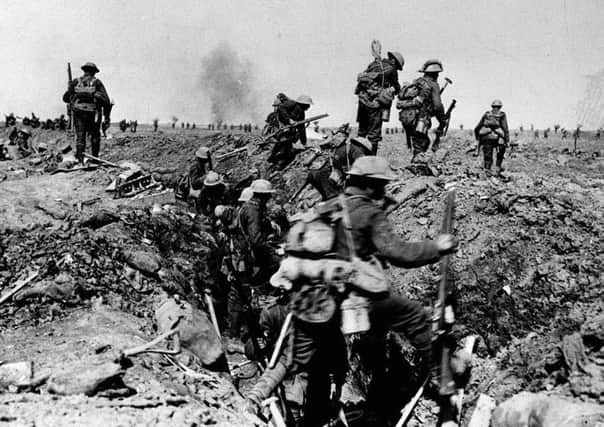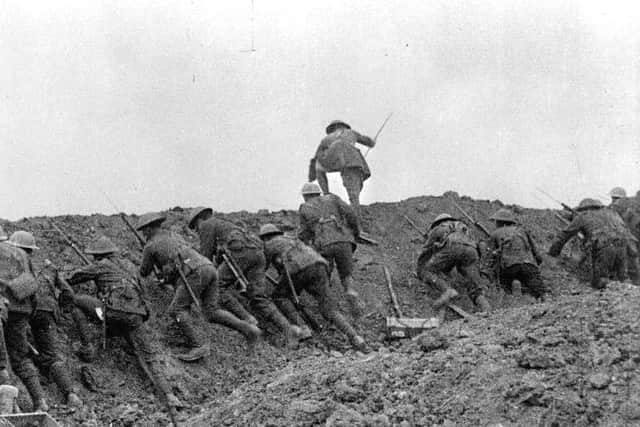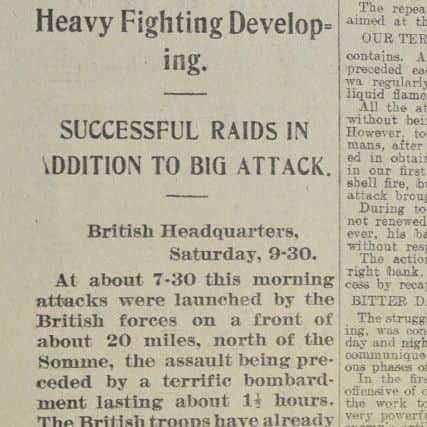Scalby will salute its lost sons


July 1 1916 was the first day of the Battle of the Somme; on that day alone the British suffered 57,000 casualties, over 19,000 of them killed; its worst ever toll on a single day.
For many, the battle has come to symbolise the horror and futility of the First World War, and war in general.
Advertisement
Hide AdAdvertisement
Hide AdBy the battle’s end in November 1916, the Allies had gained 12 kilometres of ground, the taking of which resulted in 420,000 estimated British casualties, including many of the volunteer Pals battalions – civilians who responded to the call to arms. In all, some one million men died.


The battle began with officers’ whistles blown to signal the British troops to go “over the top” ... and into the hail of machine-gun bullets from German lines that intensive shelling had failed to wipe out.
At Scalby’s war memorial, Robin Boddy, a member of the Western Front Association, will join other WFA members in the nationwide tribute “Whistle for the Somme”, giving one long blast on a whistle. Robin’s family lived in Scalby for many years and his father was fighting next to Lance Corporal Harry Mitchell of Scalby, when Harry was killed in 1917.
Lt Col Charles Sillery, who led the Tyneside Scottish that day, was also from Scalby. He was the oldest man on the memorial to die, aged 54.
Advertisement
Hide AdAdvertisement
Hide AdHe is also the most senior officer on the memorial and fell on the first day of the 141 days of the battle. His link with Scalby is that his wife was the daughter of William Tingle Brown who lived at Yew Court, the large house on the corner of Scalby Road and High Street, made famous by artist John Atkinson Grimshaw when he painted it in 1875. The painting is now owned by Scarborough Art Gallery.


There will be an exhibition about Newby and Scalby in the First World War in St Laurence’s Church Rooms, together with a display of contemporary textiles inspired by the First World War, in the church.
The exhibition looks at Scalby’s Somme heroes, in a venue which, as the former village school, will have been attended by several of the men now remembered on the memorial. Both exhibitions run from 10am-4pm on Friday 1 and Saturday 2 July and on Sunday 3 July from 12.30-4pm. Over the three days experts will be dropping in to chat to visitors. More information about the textile exhibition can be found on www.1914-18commemorativequilts.com and about Newby and Scalby and the men on Scalby War Memorial on www.scalbywarmemorial.wordpress.com
And on Sunday July 3, at 6.30pm, a service of peace and reconciliation takes place at St Laurence’s; poems, prose and music, lighting of candles and reflection, to remember and pray for victims of war, both then and now.